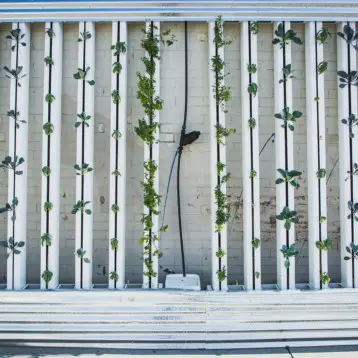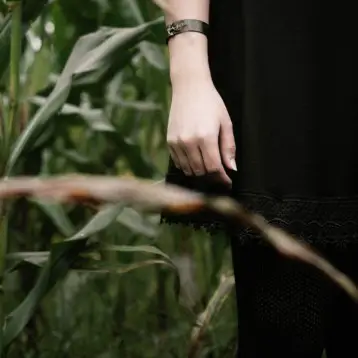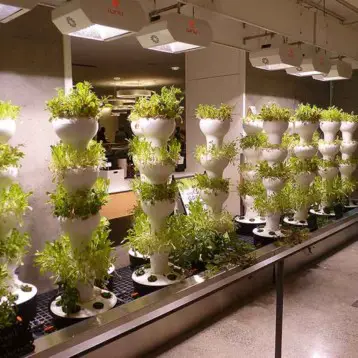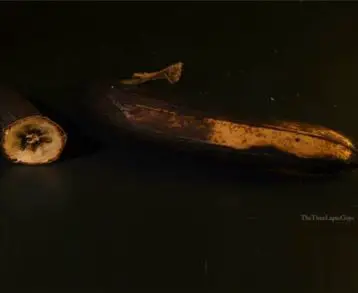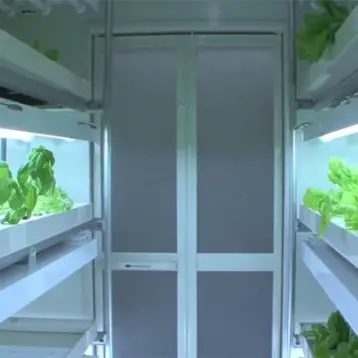First strips of muscle tissue created by Dutch scientists using stem cells have sparked hope of artificially grown hamburger, reducing the world’s dependence on expensive live stock.
During a recent press conferance which took place in Canada Professor Mark Post from the Maastricht University in the Netherlands, claimed artificial meat can potentially reduce the environmental footprint of meat by up to sixty percent. The group led by Professor Post has recently grown several pieces of artificial muscle about 2 centimeter long, 1 centimeter wide and one millimeter thick. The artificial meat is said to be white and appear to resemble calamari in its appearance. The team is hoping that by mixing larger strips of artificial meat with blood and artificially grown fat, they will be able to produce the first artificially grown hamburger in less than a year’s’ time.
–
–
How will artificial meat taste? according to Professor Post, he expects the meat to taste rather bland at first. Recreating the juicy succulent taste of meat will probably take time, Currently the world’s beef industry worth $74-billion, is still waiting to see how these early attempts to create artificial meat will progress. So far only relatively small amounts of money have been invested in developing artificial meat around the world. Professor Post’s research required only $330,000, and although he probably created the most expensive few grams of meat ever, by scientific standards this is still considered to be a small scale research. Professor Post believes that the big money will come once the basic science will prove itself. We shall than need substantial amounts of money to reduce the cost of manufacturing artificial meat to a level in which it can successfully compete with regular meat.
Patrick Brown, a researcher at Stanford University School of Medicine who is working on a separate project aimed at producing meat substitutes, believes that we will eventually be able to create a range of artificial food including artificial dairy products as well as other products – all using plant materials.
Brown like many other scientists believes that current methods of food production are unsustainable in the long run and even today meat prices around the world are on the rise as China and other countries are quickly developing an appetite for meat which did not exist several decades ago. Some scientists even estimate that food production in general will have to double within the next fifty year to keep up with the ever growing demand of the world’s population (not a simple task on the best conditions and potentially impossible given harsh climate changes currently predicted around the world).
In 2008 TFOT reported a related story regarding scientists from the University of Western Australia who have managed to create ‘semi-living’ food. The scientists used a new tissue engineering technique to grow sample cells from animals and produce edible meat that does not require killing animals.






